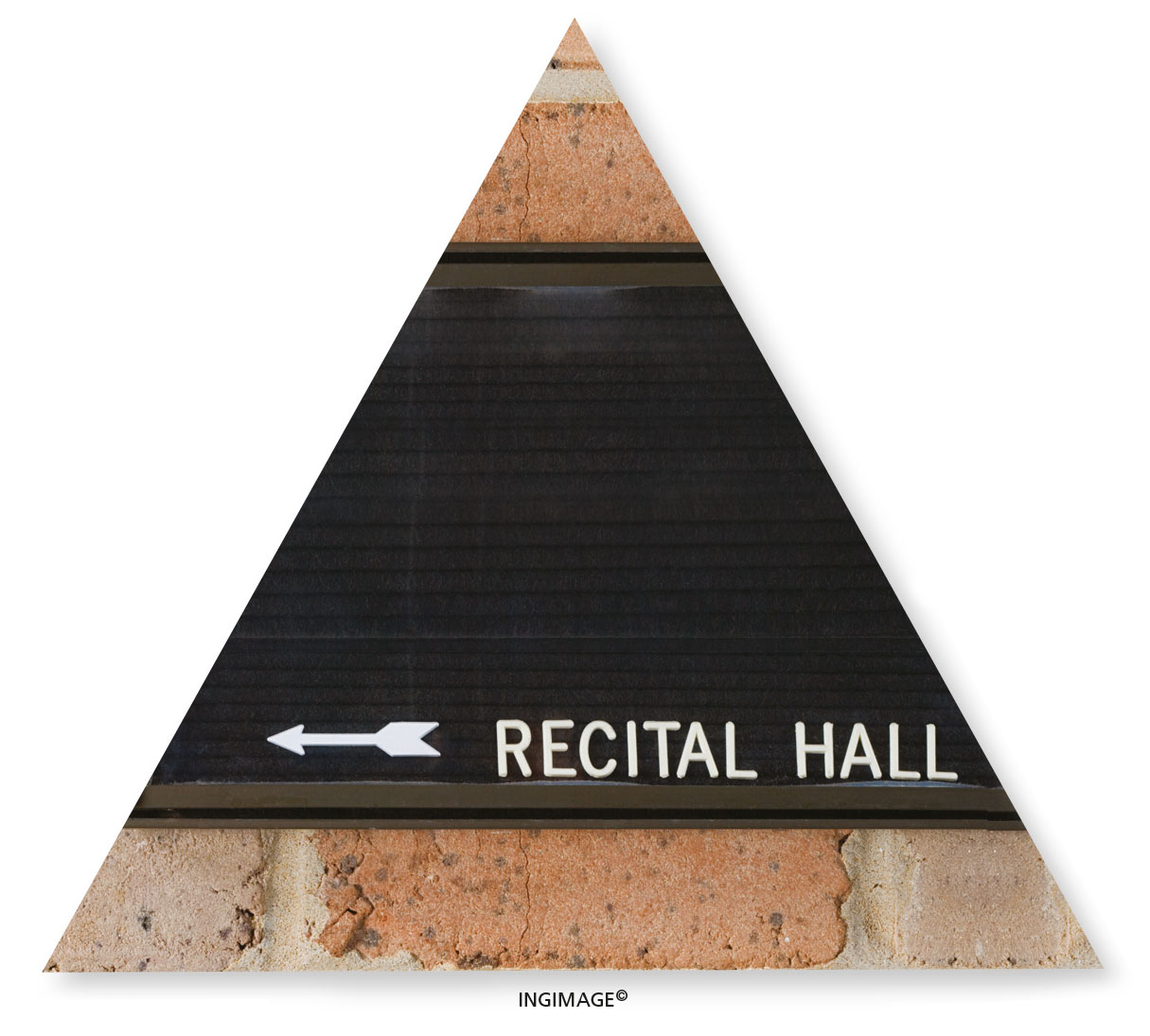EDUCATING SRI LANKA
SCHOOL CHOIRS
When all voices go on song
BY Goolbai Gunasekara
The enforced physical distancing and often prolonged lockdowns caused many like me to turn to reading and/or watching TV for longer periods than usual. During one search for a suitably interesting movie, I came across a TV series titled ‘Glee,’ which dealt mainly with a glee club in a public school in the US.
 Of course, there is no school in the whole of Sri Lanka that remotely resembles those where students relate to their teachers and each other. Asian respect for teachers is simply not inculcated in American students, and they often come across as being rude and personally insulting in a way that would have had an Asian student expelled forthwith.
Of course, there is no school in the whole of Sri Lanka that remotely resembles those where students relate to their teachers and each other. Asian respect for teachers is simply not inculcated in American students, and they often come across as being rude and personally insulting in a way that would have had an Asian student expelled forthwith.
I am speaking in general about the US state school system, and not private and elite schools.
School choirs in Sri Lanka have a long and happy history. Colonial education ensured that Ceylonese pupils (like students in Britain) would learn uplifting and classically oriented songs.
At least once or twice a week, every class had a singing lesson. The better singers were singled out to join the school choir, and took part in annual interschool competitions, prize day functions, concerts and musicals.
One marvels at the technology that makes it possible to record songs with singers in different places. In my time, microphones were our only aids! Whether we could sing or not, we loved those singing classes. It was a great bonus if one managed to get into the choir.
Present online teaching made me wonder how such clubs or classes were going to function. However, the ‘new normal’ has made this possible. As Christmas approached, many school choirs presented seasonal musical programmes on YouTube and TV with apparently the same ease as they did in pre-pandemic times.
The choir teachers of my schooldays were all foreigners. For a decade or two after we gained independence, there were still quite a few British teachers on the school staff. The Scottish Mrs. Cadman was well-known at the time. One of the best was Mrs. Spencer Sheppard who trained several local singers who eventually went on to study at the Royal Academy of Music in London.
Singing together brought classes closer and those chosen to sing in the school choir somehow brought friends nearer to each other too. The songs we sang couldn’t have been more different to those sung today. We were introduced to the best of Western choir music. Of course, it was classical.
The modern child isn’t ready to sing Whispering Hope, Danny Boy or The Ash Grove, which were so dear to the hearts of our choir mistresses. The choir of a school began under the brilliant direction of Soundarie David and she threw out all preconceived notions of choice of songs.
Choir practice took on a new meaning. Students wanted modernity and songs had moved on. New composers and novel music were everyone’s preferences. Beautiful fusion music was added to repertoires – some in Sinhala, more in Tamil and others in Hindi.
International schools were co-ed and now, boys were in the former girls’ choirs that I’d been used to. This made choirs and the choice of music far more interesting.
And here’s the importance of the school choir. Not everyone needs to have a solo voice. Choir members need to be able to sing pleasingly in tune, allowing those with stronger and more beautiful voices to take solo parts, and lead other singers.
Another great advantage of a strong school choir department is that choirs bring many children out of their shells, and formerly hidden talent surfaces.
An incident springs to mind…
One year, an international school produced a musical as its annual production. When auditions were held, the skills that surfaced had us wondering how they had remained undetected for so long. While on stage, shy children became confident and academically challenged students produced beautiful solo voices.
Suddenly, there was an interest in good music (not necessarily classically Western). Students applying to universities in the UK found that being in a church or school choir was a point favouring admission.
Another serves to illustrate my point. Ajit and Anil were twins who joined in the A-Level class. Ajit was notably smart while Anil, though competent, was usually second to his twin.
But Anil had a beautiful voice and secured the lead role. On the night of the performance, his mother was reduced to happy tears – she had no idea that her son had such a beautiful voice.
The aesthetic value of having school choirs hardly needs explaining. ‘Singing for joy’ is a common expression, and singing expresses and helps in emotional situations.
For adolescents, singing can become virtual therapy for hormonal imbalances. A school choir also provides that special time, which becomes more and more essential for youth, in a world that is charged with physical and mental activity.
Choirs prove to be calming moments in a student world, which readily reacts to the peaceful aura of music.




Leave a comment